The Simplest Book on Environmental Law is a plain-English, exam-ready guide to India’s green governance. Beginning with constitutional tools (Articles 32/226), PIL and judicial activism, it shows how courts shaped environmental jurisprudence for speedier, people-centric remedies. Core chapters decode the Water Act 1974, Air Act 1981 and the Environment (Protection) Act 1986—definitions, board functions, enforcement, penalties—so readers can map obligations to practice. You get a step-by-step EIA 2006 walkthrough: screening, scoping, public hearings, appraisal, validity, transfer and compliance reporting—plus committee structures and documentation. Forest and wildlife law is covered with the Forest (Conservation) Act 1980, FRA 2006 and Wildlife (Protection) Act 1972, highlighting approvals, “non-forest purpose,” protected areas and offences. A detailed NGT Act 2010 chapter explains jurisdiction (sections 14–18), relief and compensation, procedure, and the tribunal’s use of sustainable development, precautionary and polluter-pays principles—with updated references to BNS/BNSS 2023 for procedure. Rule-focused modules on noise standards, ODS control, biomedical and hazardous waste, and SWM 2016 add day-to-day compliance clarity with landmark case extracts. International context (Stockholm, Rio, CBD, Kyoto) situates India’s laws within global commitments. Designed for quick learning and reliable reference, this book blends principles, procedures, and checklists to turn complex law into actionable understanding.
The Simplest Book on Environmental Law
₹475.00 Original price was: ₹475.00.₹427.50Current price is: ₹427.50.
This concise handbook explains India’s environmental law framework from constitutional remedies and PIL to the major statutes governing water, air, environment protection, forests and wildlife. It demystifies the EIA 2006 process—screening, scoping, public hearing, appraisal and clearances—and clarifies the powers and roles of CPCB/SPCBs. A full chapter on the NGT Act 2010 outlines jurisdiction, procedures (with BNS/BNSS references) and key principles like sustainable development, polluter pays and precaution. Practical rule-based chapters cover noise control, ODS, biomedical, hazardous and solid waste management with case notes for quick recall.
10 in stock
You may also like it
-

Ashok Stambh Wooden Pillar – Symbol of Indian Heritage
₹1,500.00Original price was: ₹1,500.00.₹1,000.00Current price is: ₹1,000.00. -

Lawyers Mug Tea Coffee Mugs Crafted by Naveen's
₹495.00Original price was: ₹495.00.₹400.00Current price is: ₹400.00.
Featured Products
By using this website you agree to our Privacy Policy.


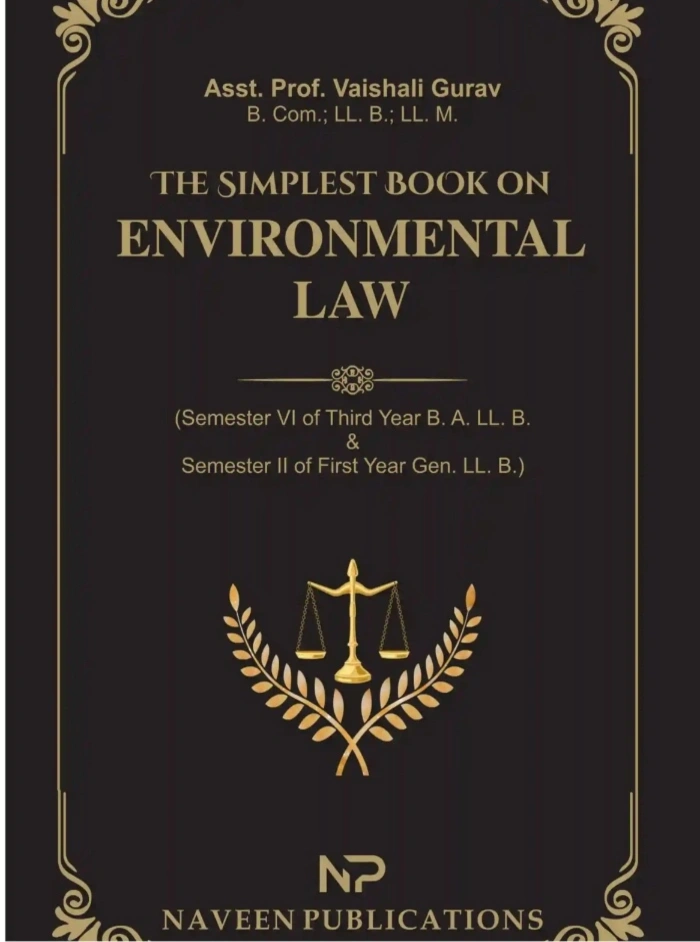
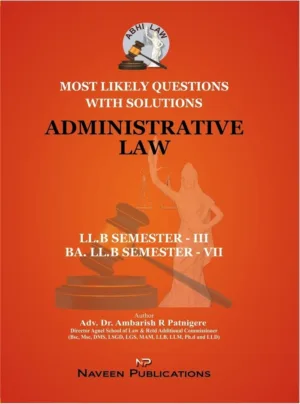
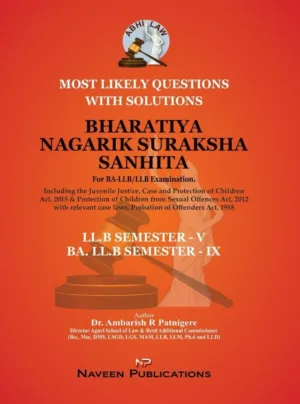
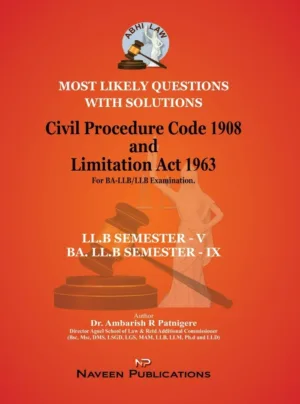

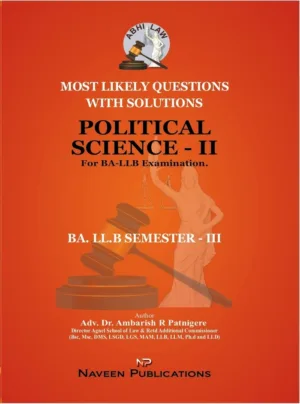
Reviews
There are no reviews yet.